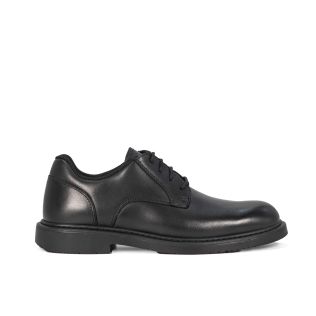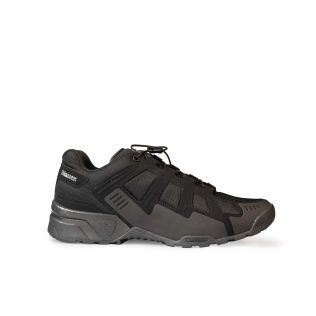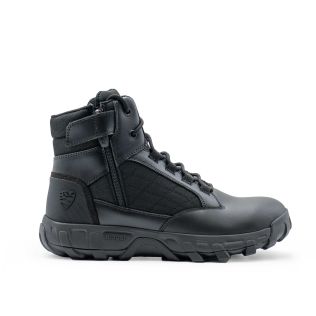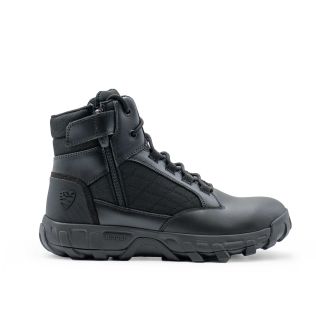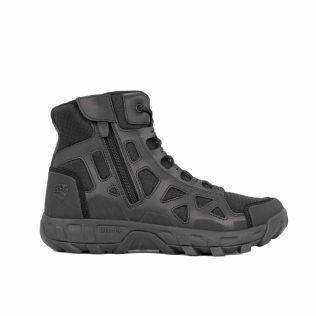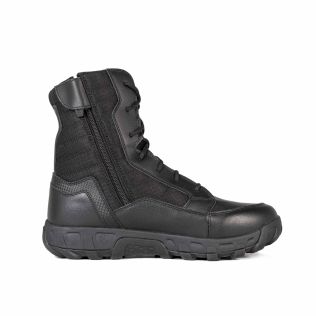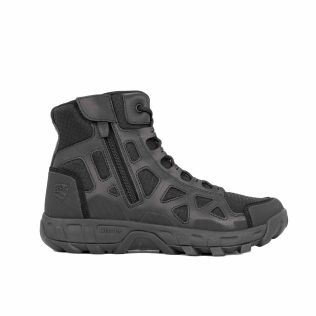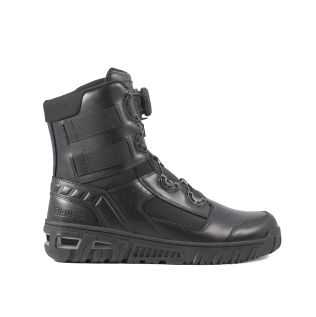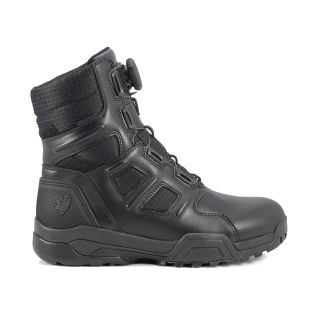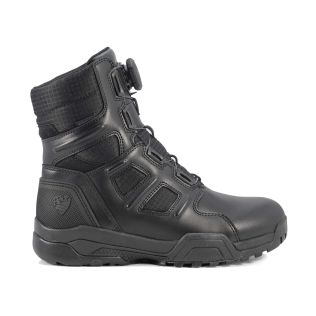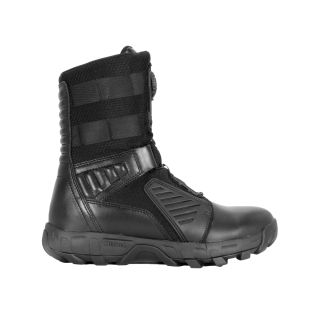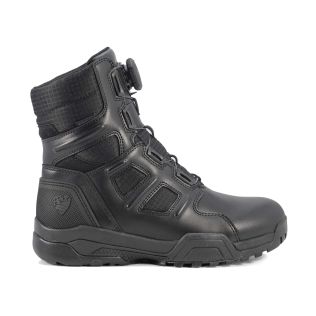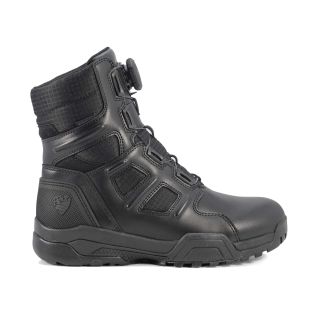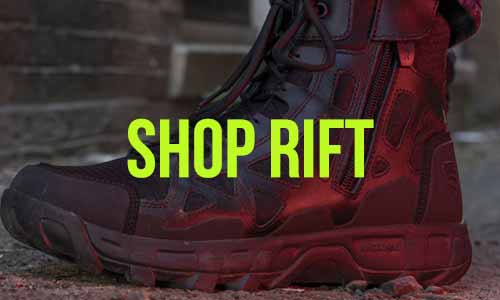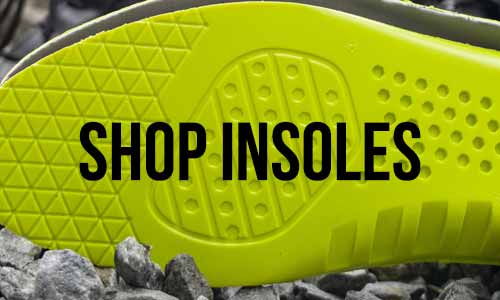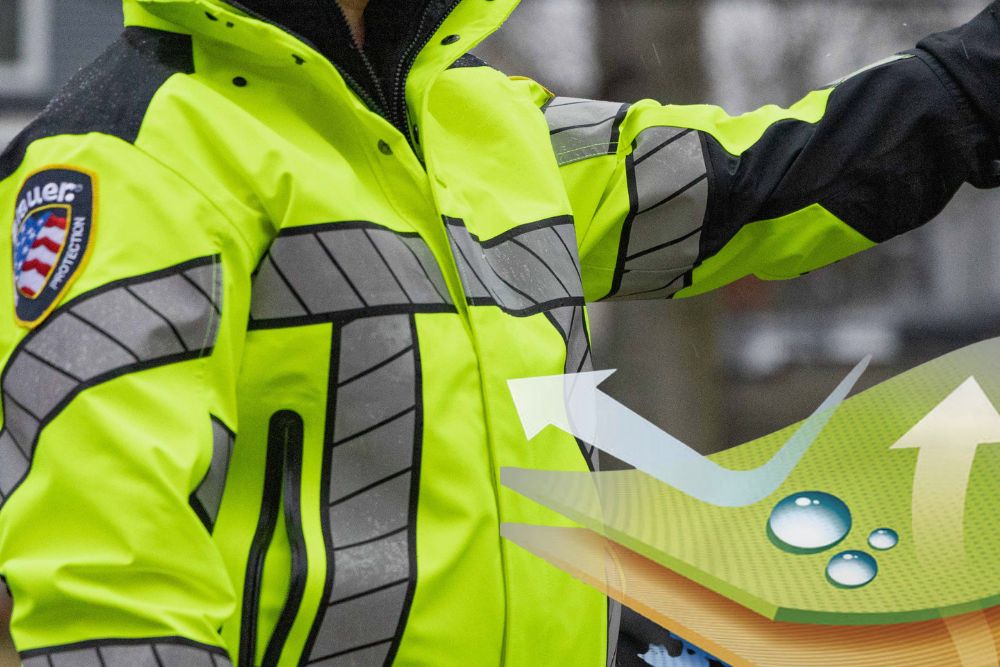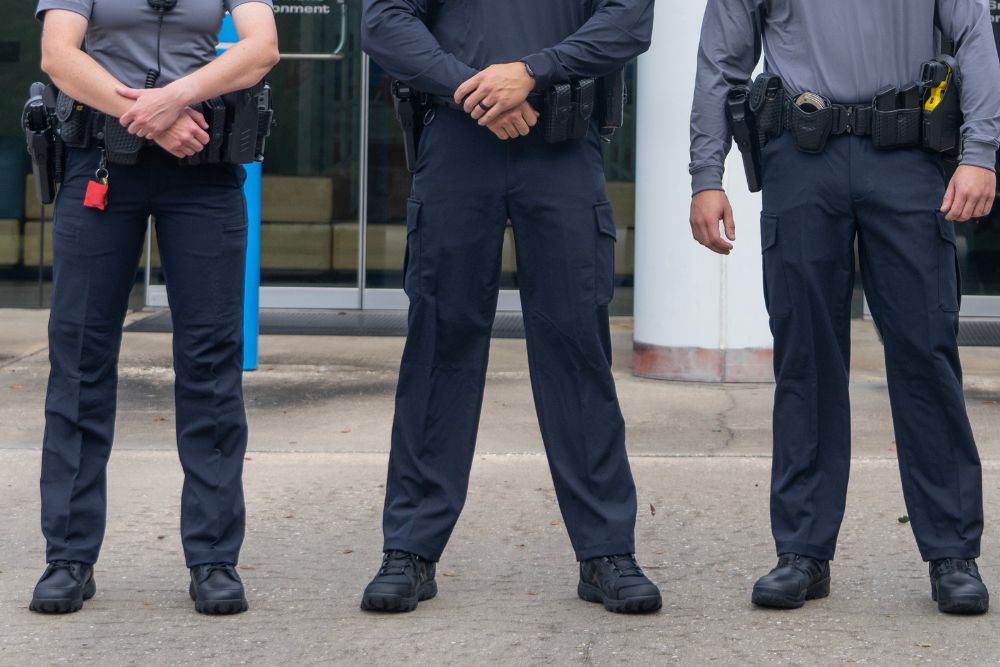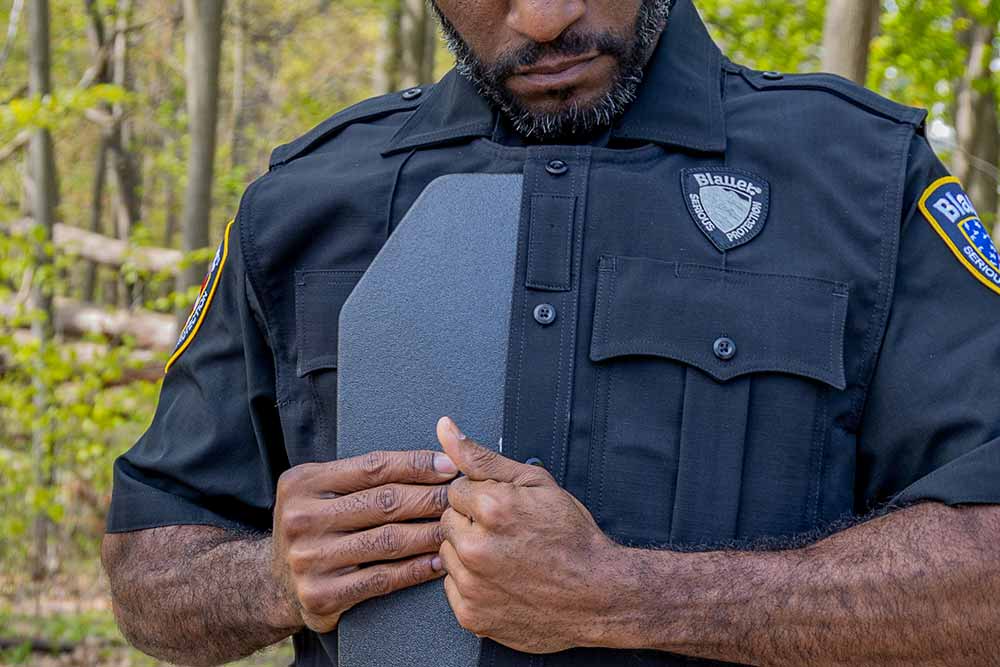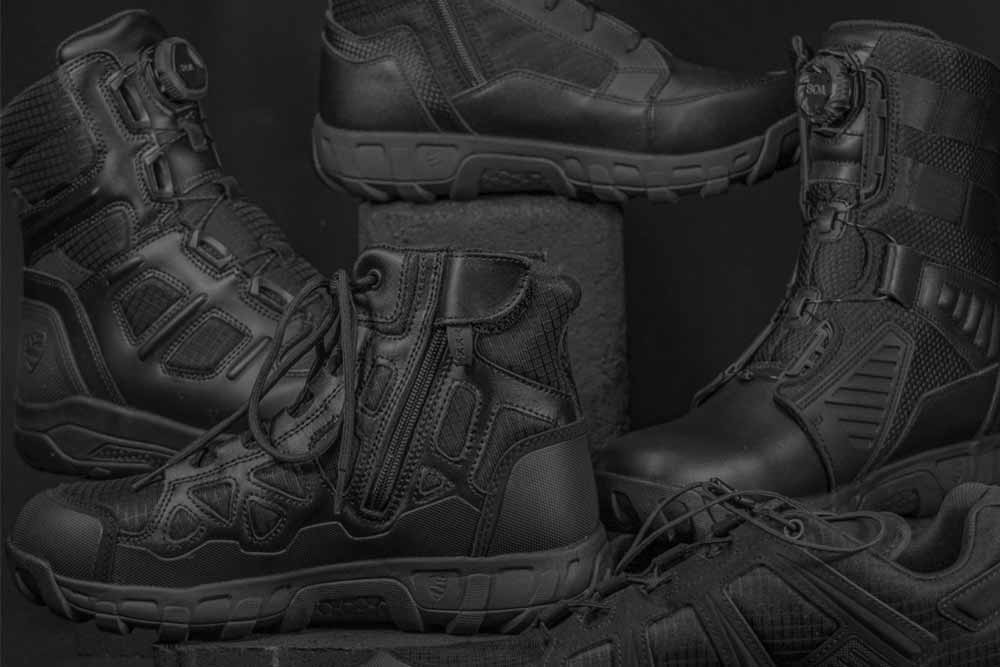

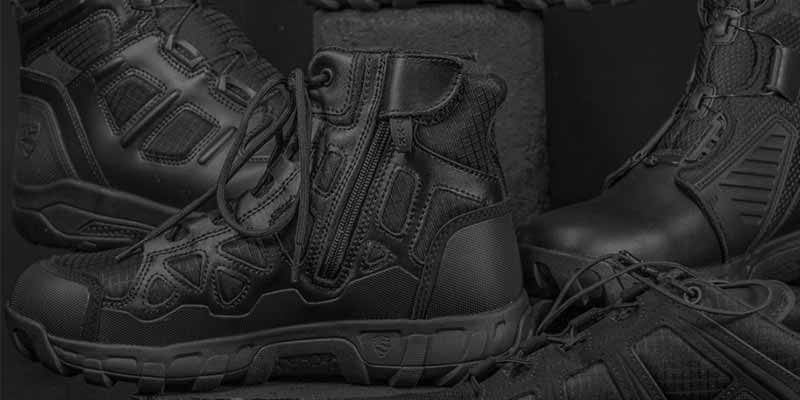
How To: Tie Your Shoes
Boot Lacing Styles for First Responders
Since our founding in 1936, Blauer has witnessed remarkable transformations in the design and features of first responder footwear. Initially, there were two standard methods for donning footwear: traditional laces and slip on. Thanks to innovation and dedicated research, we’ve remained at the forefront of technological advancements in footwear and now offer an array of tactical boots and duty boots with unique lacing systems designed for increased comfort and quick doffing. If you’ve never worn a double zippered boot or experienced the precision of the BOA® Fit System, we understand picking your perfect style can be difficult. Check out our recommendations and learn what lacing style works best for you…


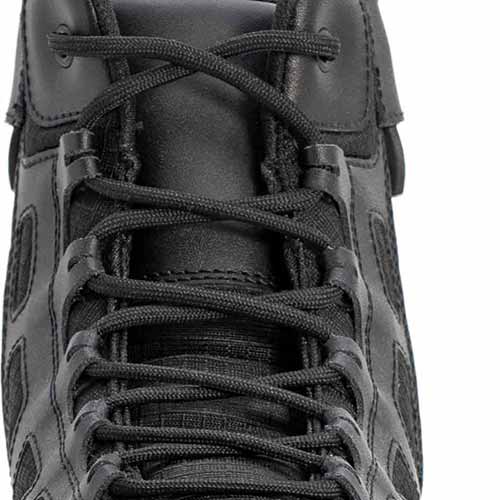

1. Traditional Laces
First responders frequently in action should avoid traditional tie laces as they are the most difficult to remove in an emergency where water entry is required and there is no time to waste. For more traditional office spaces or when needed for more formal occasions, tie-up laces do have a classic, polished look fitting for a Class A uniform.
ADVANTAGES:
- Classical and traditional appearance
DISADVANTAGES:
- Longer break-in period
- Slow doffing in time-sensitive situations
- Loose laces and retying shoes thorughout the day
- Broken laces during a shift
IDEAL FOR: Traditional office wear
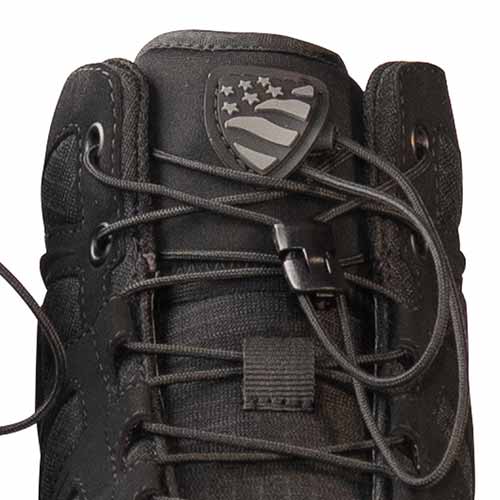

2. The Locking SpeedLace
A step up from traditional laces, the locking speed lace utilizes lace hardware that allows wearers to quickly adjust the tightness of their shoes with a simple pull or release.
ADVANTAGES:
- The locking mechanism offers similar security to tied laces
- Maintains the classic flexible feel of laces
- Quicker doffing and donning
DISADVANTAGES:
- May loosen over time
IDEAL FOR: Training and biking


3. Dual Side Zippers
The unbreakable bootstrap- YKK Zippers are more reliable and durable than laces. With a second anterior zipper on the ankle, the dual zippers share the tension load and reduce the chances of a broken single zipper. Traditional laces are simply used to dial in the perfect fit and are left alone.
ADVANTAGES:
- Easy, assisted opening
- Double ankle support
- No break-in period
- Superior fit versus single zipper boot
DISADVANTAGES:
- None
IDEAL FOR: Those seeking quick doffing and donning, great fit and superior ankle support
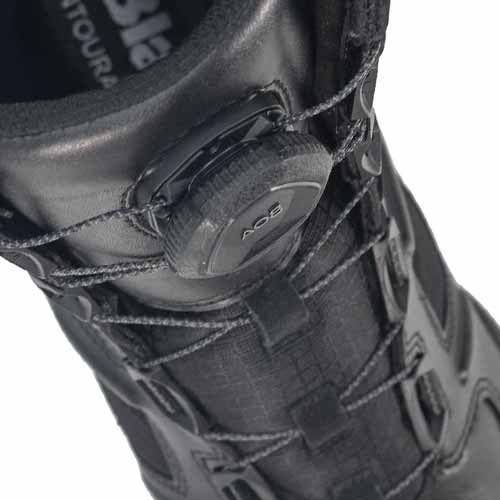
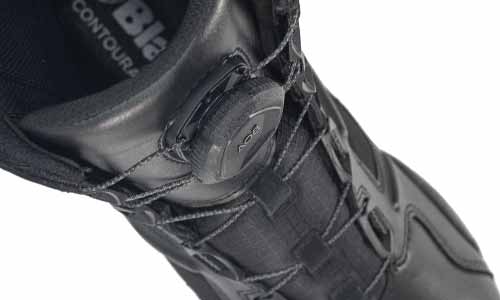
4. The BOA® Fit System
First used by snowboarders in the early 2000s, the BOA® biomechanics team and Performance Fit Lab in Denver, Colorado redefined the future of fit with the BOA® Fit System. Simply push in and turn the BOA® Dial to tighten the textile or stainless steel laces to a micro adjustable level, and pull the dial up for fast release boot opening. Learn more about what the lab at BOA® is working on here.
ADVANTAGES:
- Unique, micro-adjustable comfort fit
- Fastest donning and doffing
- Superior strength and durability
DISADVANTAGES:
- None
IDEAL FOR: BOA® boots are the only lace boots allowed by many fire departments due to their quick doffing. Ideal for emergency response use for Fire, EMS and Police. We recommend BOA boots as the golden standard for first responder boots.
FAQ's
How Do You Waterproof Tactical Boots?
Some boots are made with membranes designed to be waterproof. Others are water resistant using leather treated to be waterproof. Treated leather can be damaged by oil, dirt, salt, and repeated water exposure, so it might be a good idea to take additional action to protect your duty boots. Use a silicone spray for new boots, or apply a leather wax sealant for boots that you've had with you on the job for a while.
Can I put my tactical boots in the washer?
You should never put your duty boots in the washing machine, especially with suede leather. This can permanently damage the boots.
How do you get the smell out of combat boots?
There are several DIY and commercial options for deodorizing tactical boots, but a common thread is removing and cleaning the insoles with hot soapy water, as they can be a perfect medium for bacterial growth. Be sure to let the insoles dry completely before replacing them. You may have heard that putting your boots in the freezer will do the trick, but not that that will prevent bacteria from growing, but bacteria will likely survive and odors could return once you’ve thawed your boots. There are also ‘odor eater’ powders and sprays that can help reduce odor in boots. Wearing Blauer socks can also help as they are treated for resistance to odor causing bacteria.


